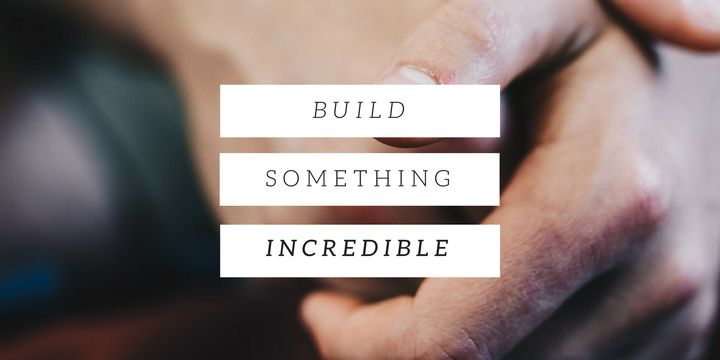
Goal Setting
It’s important to ask yourself what the ‘biggest single issue’ you want to change is, as it’s this that will be the driving force behind the rest of your programme. You need to determine what you want to change the most;
- Lose body fat
- Build muscle
- Etc..
Once you’ve done this you will have your overall goal, now you need to break it into manageable chunks. The best way to do this is to set long, medium and short-term goals.
Training Frequency
Training frequency refers to the number of days per week you’ll be training. When deciding this it’s important that you take the time to think about what will fit with your lifestyle and be maintainable in long-term along with what you want to achieve.
- Do you work long hours?
- Will you train in the morning, afternoon or evening?
- Are weekends going to be workout days or left free?
- When will your rest days be?
Remember that you’re trying to build something sustainable.
Training Split
Your workout split, training split or routine split, as it’s commonly known, is the way in which you will divide your workouts across the different parts of your body that you want to train.
Several factors (overall goal, age, experience, time available and more) will influence what split you choose. Take the time to evaluate your options carefully when deciding what will work best for you.
Equipment Type
When it comes to the equipment you use, you have three main options;
- Free weights
- Resistance machines
- Body weight training
Remember you want to choose something you have regular access to, if you’re constantly changing equipment you’ll struggle to build any momentum and make any progress.
Exercise Selection
Your workout routine will be made up of two main movements;
Compound Movements
These movements will make up the bulk of your workout routine and will be the main drivers of strength and muscle growth.
Isolation Movement
Isolation movements will be used to help bring up lagging body parts, work smaller more stubborn muscles and general round out your physique.
Exercise Order
The order you perform your exercises can and will affect your performance and the overall quality of your workouts.
When it comes to exercise order there are a few rules to follow;
- Prioritise compound movements over isolation movements
- Perform exercises that involve big muscle groups before small muscle groups
- Do free / body weight exercises before using resistance machines
If you’re training multiple big muscle groups using a few different compound movements then you want to prioritise the body parts that you want to focus on.
Reps, Sets & Rest Times
Sets, reps and rest times make up the details of your training programme and are the last step in bringing it all together.
Remember that reps are the number of times you perform one repetition of any given exercise and that sets are a group of repetitions.
Rest time is the amount of time you rest between your sets and different exercises. A good rule of thumb is to rest longer (up to 3 – 5 minutes) between heavier sets, with lower reps particularly when using compound movements.
When using isolation exercises with higher reps and less weight you will reduce the amount of time you rest between sets as your recovery needs will also decrease (1 – 2mins).
Progressive Overload & Consistency
These two key principles will determine your success above and beyond anything else you do. Without these two key principles, you’ll struggle to make meaningful progress towards your goal.
Progressive Overload
Progressive overload is the act of increasing volume, intensity, frequency or time to put the body under tension above and beyond what it has previously experienced so that it adapts by becoming bigger, stronger, faster, etc.
Consistency
The Cambridge English Dictionary describes consistency as;
“The quality of always behaving or performing in a similar way, or of [something] always happening in a similar way.”
i.e. you have to train as many time as set out by your training programme and eat as many calories as your diet dictates... consistently. This is the only way to progress.
Overcoming Workout Plateaus
A workout plateau is when your progress stalls because your body has adapted to the stress and stimulus you’ve put it under. It’s a normal part of training and doesn’t spell the end of your progress.
Here are three of the most successful methods for overcoming it;
- Exercise rotation
- Manipulation of your rep ranges and load
- Micro loading
Tired of googling what to do and want to build your own workout from scratch? Read the full guide to learn exactly what to do by clicking here. As a bonus, when you download your PDF copy you’ll also get 4 free workouts.